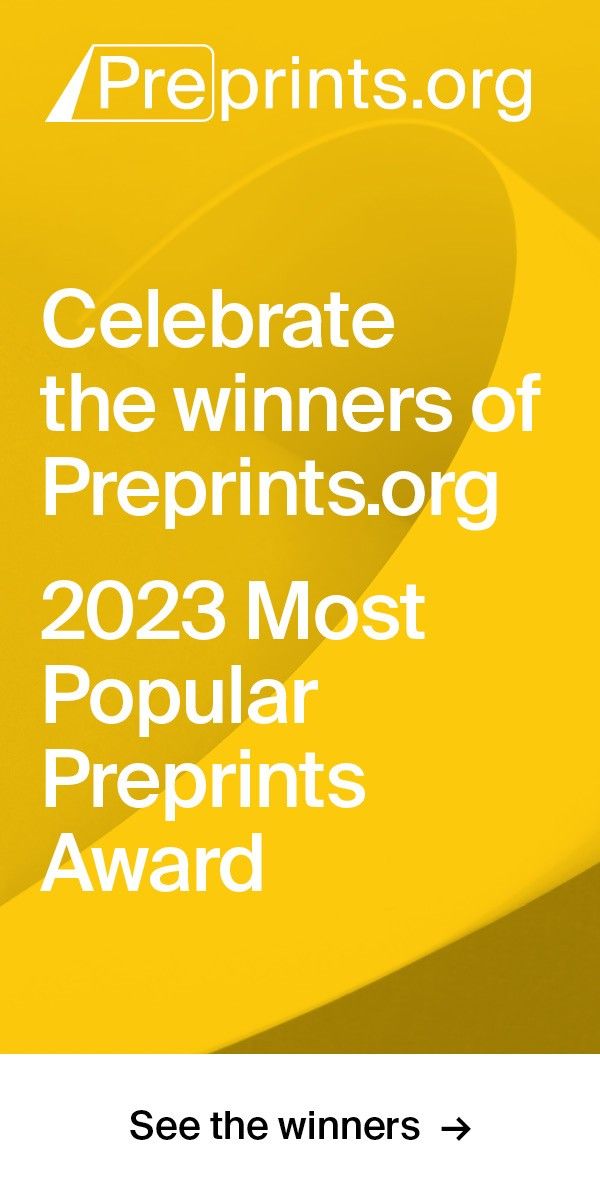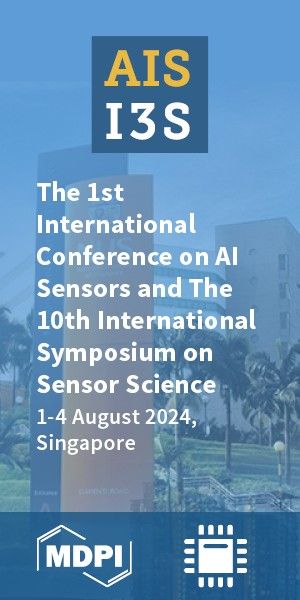Article
Version 1
Preserved in Portico This version is not peer-reviewed
A Pattern-Driven Investigation of Discourse-Pragmatic Markers in Kuwaiti English
Version 1
: Received: 21 February 2023 / Approved: 22 February 2023 / Online: 22 February 2023 (06:24:07 CET)
How to cite: Alenezi, M. A. N. A Pattern-Driven Investigation of Discourse-Pragmatic Markers in Kuwaiti English. Preprints 2023, 2023020375. https://doi.org/10.20944/preprints202302.0375.v1 Alenezi, M. A. N. A Pattern-Driven Investigation of Discourse-Pragmatic Markers in Kuwaiti English. Preprints 2023, 2023020375. https://doi.org/10.20944/preprints202302.0375.v1
Abstract
In the context of the emergence and development of varieties of English around the globe, this paper focuses on Kuwait, where the use of English has greatly increased since the mid-20th century. Drawing on the principles of nativisation and indigenisation, I investigate substrate- and superstrate-derived discourse-pragmatic markers (DPMs) in Kuwaiti English: the Arabic loanwords alhamdulillah and ya'ni and their English equivalents (e.g. I mean and thankfully). Data are drawn from the Kuwaiti English National Corpus, a spoken corpus of almost 800,000 words containing interviews, samples of situated language use, and mediated data (podcasts, TV, radio and YouTube). Keyness and concordance analyses were performed to identify the frequency and functions of the DPMs in Kuwaiti English compared to reference corpora of British and American English. The analysis also takes into account contextual and sociolinguistic information such as the speakers’ social identity. Results show that the Arabic-derived DPMs are abundant in both formal and informal settings, indicating that they have become an integral part of this variety of English. Their English equivalents perform similar roles, but are vastly less common (with the exception of I mean for ya'ni). Both the Arabic- and English-based markers show somewhat narrowed discourse-pragmatic functions and are more likely to be placed in clause-initial position than in ‘native’ contexts. Their use appears to be linked to the social identity of the speakers.
Keywords
Kuwaiti English; discourse-pragmatic markers; pattern-driven analysis; corpus linguistics; pragmatic borrowing
Subject
Social Sciences, Language and Linguistics
Copyright: This is an open access article distributed under the Creative Commons Attribution License which permits unrestricted use, distribution, and reproduction in any medium, provided the original work is properly cited.
Comments (0)
We encourage comments and feedback from a broad range of readers. See criteria for comments and our Diversity statement.
Leave a public commentSend a private comment to the author(s)
* All users must log in before leaving a comment







